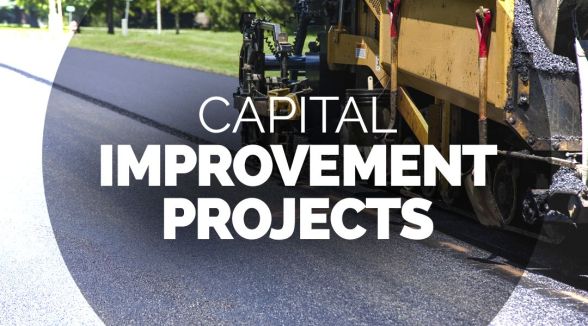Differing Site Conditions, also known as “changed site conditions” are a vital clause relating to building laws. This clause decides how much liability accrues to the builder or the owner of the land in situations in which soil and other underground conditions, which were different from what was expected, present themselves during a building construction activity.
Differing Site Conditions, or DSC, concerns only the physical conditions such as soil, rock, concrete or other physical conditions and excludes the intangible factors such as costs, labor, expertise and such others.
It is very important for the parties concerned to be clear about this law, because the law prescribes who bears the costs of such discovery, and to what extent it has to be enforced. Lack of knowledge of the contract law could lead to litigation and dispute between them, leading to waste of resources.
A webinar from Traininng.com, a leading provider of professional training for the areas of regulatory compliance, is organizing a webinar on September 26, at which this law, whose enactment dates to more than nine decades, will be explained in detail. James Zack, a senior adviser for Ankura Construction Forum, will be the speaker at this session.
Please log on to https://www.traininng.com/webinar/differing-site-conditions—whose-risk-is-it–201014live to register for this session.
————————————————————————————————
This webinar will explain the history of this law in detail. The speaker will show the need for it to be incorporated into the construction contract. He will examine how this law has changed over time and what its present, modern applications are.
The courts and Boards of Contract Appeals have, over the years, been slowing changing the interpretation of risk allocation under the clause. Successive Court and Board cases have placed a greater risk on the contractor when it comes to differing site conditions.
The expert will take up for discussion a number of Court and Board of Contract Appeal decisions which appear to be slowly eroding the traditional risk allocation commonly accepted under the Differing Site Conditions clause. He will describe what lessons can be learnt from each of these cases. Finally, he will offer a list of practical recommendations for both owners and contractors dealing with the risks of differing site conditions.

Attorneys dealing with site condition claims, owners and owner representatives managing capital improvement projects, contractor executives, project managers, project sponsors and project control personnel, and construction managers and design professionals performing services during construction, the personnel for whose benefit this webinar is being organized, will:
- Learn about the Differing Site Conditions clause and how it operates
- Learn what conditions are and are not covered by the Differing Site Conditions clause
- Understand what must be proven to prevail on a differing site condition claim and what contractual requirements must be complied with in full
- Become familiar with a number of Court and Board of Contract Appeal decisions which are changing the traditional risk allocation under the Differing Site Conditions clause.
Continue here to read https://t2m.io/p9SzUoN8
Comments
Post a Comment